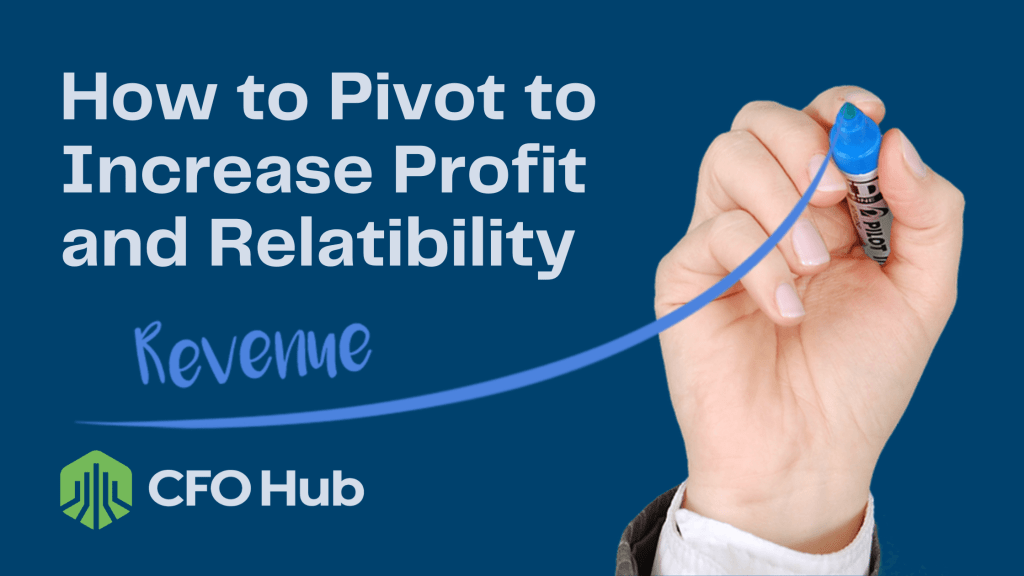Although eventual success or failure is uncertain for businesses, research indicates that the first five years are more challenging for a company. The US Bureau of Labor Statistics estimates that 50% of businesses tank within five years. After ten years, only three out of ten businesses are left, showing a 70% failure rate.
The top reason why many startups don’t get past their early stages is cash flow problems. As we’ve explained before, mismanaged cash flow is an issue from which a lot of businesses don’t recover. In most cases, it’s the result of combined factors including poor budgeting, inventory problems, and gaps in processes like accounting. That’s not to mention external challenges such as inflation, disruptions in the global supply chain, and building customer awareness. These hurdles make it difficult to maintain a business, let alone propel its growth.
If you’re facing these struggles, consider the strategies below to improve the profitability and relatability of your business.
Do a Rebranding Campaign
Rebranding may cover anything from name and logo changes to a revamp of consumer-facing processes, or a combination thereof. It’s done to improve a business’s image and messaging for it to stand out among the competition. Many big companies today actually pivoted toward success with help from rebranding efforts when they were relatively new on the market. Instagram, for instance, was initially named Burbn and it wasn’t performing well in its early days. Its founders fine-tuned the app, which eventually turned into the social media platform known today. One of its pivotal features, allowing users to invite collaborators on Instagram, significantly contributed to its growth and popularity. Another example is AuctionWeb, which was founded in 1995. Two years later, it was rebranded to eBay.
What’s crucial in rebranding is to do it right. It involves research on the latest industry best practices, as well as how to be more visible to your target market. Also, take advantage of tools that can reduce the resources needed for the campaign. If your company’s name will change, using a business name generator lets you save time and money. You can automate the process of vetting options and get hundreds of suggestions in a matter of minutes. If you need a new logo, there is user-friendly design software that allows you to create one using templates. The new look and messaging of your business provide an opportunity to generate renewed appeal to customers. When people relate to your brand better, they are more inclined to patronize your products and/or services.
Outsource Business Processes
Outsourcing is effective in cutting down costs and quickly filling skill gaps. It’s good for addressing business needs that require specialized knowledge like finance.
A financial audit entails comprehensive business reviews, while M&A transactions involve a lot of due diligence. Outsourcing to experienced professionals saves you from the stress of these meticulous processes and helps ensure the best possible results. Your business improves due to the contributions of skilled personnel, while savings from labor costs let you achieve a more desirable P&L.
Reassess Products
Some products or services provided by your business may have better consumer engagement than others. If this is the case, it might be worth focusing on these assets.
One of the best examples of this business pivot is the Wrigley Company, which began in 1891 as a soap supplier. To improve sales, its owner William Wrigley, Jr. offered baking powder as an incentive for buyers. It became more popular than soap so he started selling baking powder the next year, this time with chewing gum as a bonus. This added premium was well-received so much so that he pivoted again and started selling chewing gum the following year. His strategy significantly improved the company’s relatability. For many customers, there was a connection between his business and happiness because getting a premium is akin to receiving a present.
In today’s business landscape, this is a matter of aligning your business with consumer trends. That’s not to say you have to shift to selling a new product or service every year. It’s about assessing what works and making the necessary adjustments.
Sales Channel Changes
There are cases when a business is not in the right sales channel. For instance, if you’re selling products at a physical store, consider a strategic partnership with an e-commerce platform as well. Doing so increases your consumer reach and brand awareness. Overhead expenses will also decrease if you downsize your business space or staff. The result is a better income-to-loss ratio.
As you navigate your way to higher profitability, you’ll need experts to help you manage business finances.
Scheduling a free consultation is a great start.
Jack Perkins, CPA founded CFO Hub to provide strategic finance and accounting services to enterprises of all sizes. Prior to founding CFO Hub, Jack served as the CFO and Controller of rapidly growing enterprises in California. Jack's written content has been featured in Forbes, Entrepreneur, and several other notable publications.
Visit Jack's Expert Hub to learn more about his experience and read more of his editorial content

